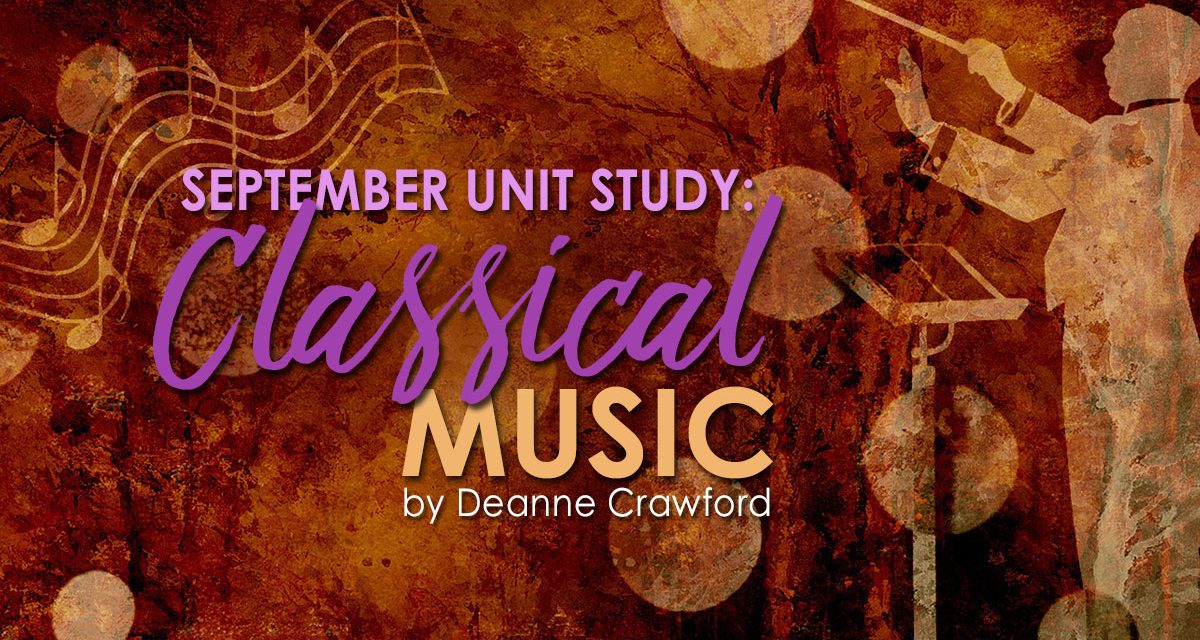Thirty years ago, President Bill Clinton declared, “Classical music is a celebration of artistic excellence… Whether in new American works or in the masterpieces of the great composers of old, music is a unifying force in our world, bringing people together across vast cultural and geographical divisions. Classical music speaks both to the mind and to the heart, giving us something to think about as well as to experience.” With these words, he proclaimed September as National Classical Music Month. (Read the full proclamation here.) Whether a treasured family experience or something you only know about from commercials or movies, there is always a new discovery waiting when you explore the world of classical music.
Introduce children to the Boston Youth Symphony’s presentation of Peter and the Wolf. This contemporary piece was composed by Sergei Prokofiev in 1936. Offering a simple narrative about a boy and his animal friends (mainly the wolf), the folk story’s mission was to introduce young children to the various musical instruments. However, there is something magical in this composition for all ages. Dig deeper into the piece with these lessons from PBS and Live In Nanny’s 10 Lessons Kids Can Learn from Peter and the Wolf.
Understanding the history of classical music helps other historical events come to life. Learn more about the eras of classical music. A Brief Introduction to Musical Periods is an excellent place to start. While there are differing names and divisions of the classical music eras, there are six eras that are generally agreed on: Medieval, Renaissance, Baroque, Classical, Romantic, and Modern. Hal Leonard.com offers a helpful timeline summarizing the musical style, art & literature, and world events for each era.
Choose a composer from each period to study. Hal Leonard’s timeline and the Dallas Symphony composers link provide excellent suggestions. Once you select a composer, learn about their life and listen to one of their compositions. Depending on the interest and/or age of your children, YouTube® and the Composer of the Month’s Composer Gallery offer numerous options.
Musical tunes in the early Medieval Period were usually performed acapella, or voices only with no instrumental accompaniment. These ancient melodies were sung in unison with Latin words and became known as Gregorian chants. Introduce older learners to the main characteristics of the Gregorian chant here. As music styles and performers developed, music became livelier and accompanied by instruments. The first instruments were simple wooden flutes and lutes. Over time instruments have evolved into the common families that we associate today with music: the string family which encompasses the violin, viola, cello, double bass, and guitar; woodwinds like the flute, oboe, bassoon, and clarinet; the brass family of horns and trumpets; and the family of percussion instruments which include various types of drums and hand cymbals or triangles. Introduce children to the various sounds of the instrument families with the clever Orchestra Song from Jus’ Classical. Dig deeper into the sounds of the various classical music eras with the Fort Collins Symphony.
As we wind down our classical music introduction, spend a few minutes learning about sound. What is Sound? provides a simplified introduction for youngsters and the Physics of Music expands on sound for older children. There are countless connections between Science and Music—learn about a few of these connections here. Classical music is dynamic with sound ranging from soft, almost whisper-like to loud and boisterous, which evokes intense emotions in the listeners. Earlier, I encouraged you to listen to composers from the different musical eras. Take your listening to the next level, and introduce different styles of classical music from the soft and gentle to the more vibrant or “heavy” style. Try to listen with your eyes closed. How does each style make you feel? While all types of music bring out emotions, the intense tones and fluctuations in classical music create greater emotional response in listeners. Whether calm and peace-filled, saddened and fearful, or hopeful and excited, classical music is emotionally powerful. As interest permits, take a journey through musical emotion with Classical MPR.
Earlier, we looked at the official proclamation for Classical Music Month. President Clinton proclaimed, “Classical music speaks both to the mind and to the heart, giving us something to think about as well as to experience.” I think we can all agree that he is right. This month, as a family, let us celebrate the musical achievement and great artists of classical music. ~ Deanne





